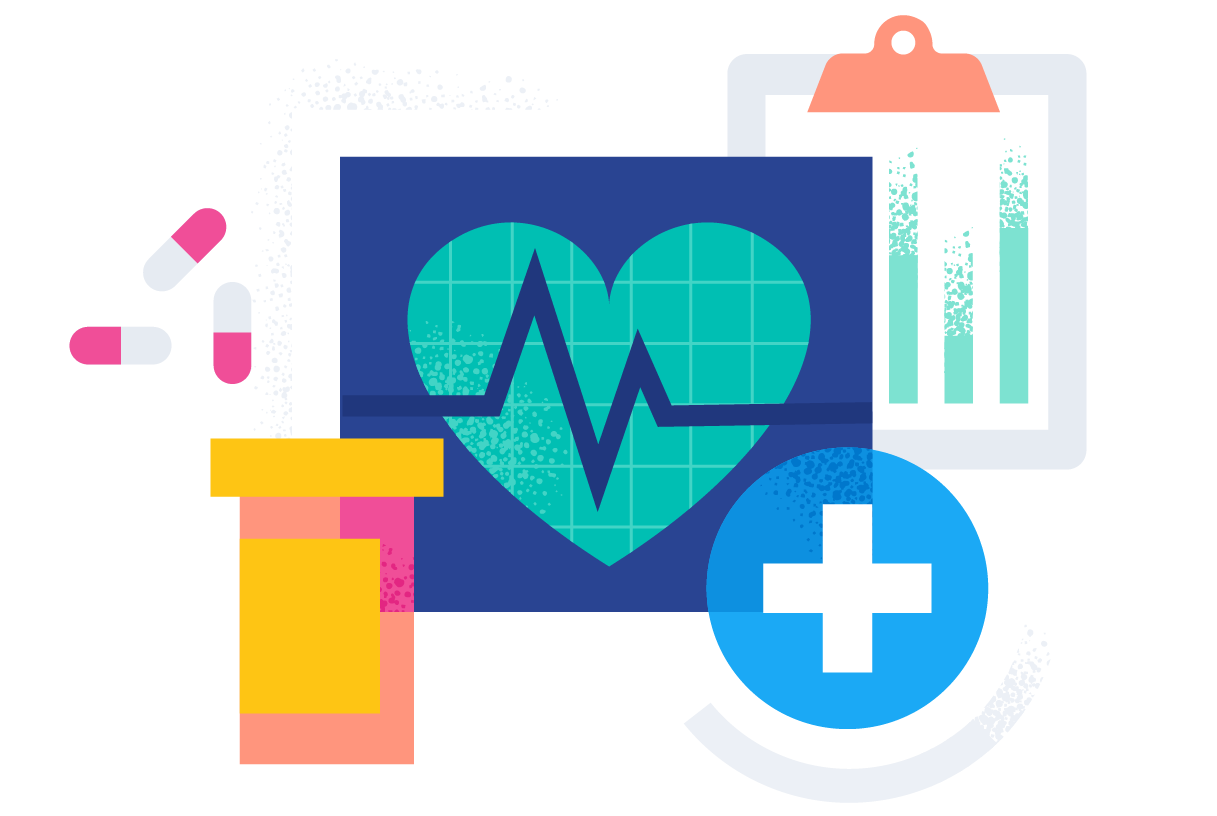A Comprehensive Overview on How Healthcare RCM Functions to Enhance Invoicing and Collections
Browsing the intricacies of healthcare earnings cycle monitoring (RCM) is essential for service providers aiming to boost their invoicing and collections procedures. The guide unboxes the complexities of RCM, from person enrollment to accounts receivable administration, offering understandings into optimizing each action. Integrating sophisticated modern technology and standardized treatments can significantly minimize insurance claim denials and accelerate payment cycles. Yet, the real challenge lies in seamlessly merging these elements to boost capital. As we check out the core components and techniques that drive efficiency, one question stays: just how can health care entities finest placement themselves to thrive economically in an ever-evolving market?
Understanding Earnings Cycle Management
RCM is an essential administrative feature that includes the entire financial procedure of individual care, from the initial consultation establishing to the final repayment of the equilibrium. It is a complicated treatment created to determine, gather, and take care of the revenue from the solutions supplied to clients.
The RCM process starts when an individual timetables an appointment and prolongs via the patient's treatment journey, consisting of payment and collections. A crucial objective is to lower the time between obtaining and offering a service repayment, thus boosting the organization's financial wellness. RCM involves different functions such as person enrollment, insurance coverage confirmation, fee capture, coding, asserts entry, settlement posting, and dealing with rejections and allures.
Key Elements of RCM
In the world of Earnings Cycle Monitoring (RCM), recognizing its vital components is basic to achieving financial performance within health care companies. RCM is an extensive process that incorporates different phases, each crucial to making sure reliable billing and collections. The primary components consist of patient enrollment, insurance policy verification, fee capture, coding, insurance claim entry, settlement uploading, and accounts receivable administration.


When coded, claims are sent to payers, where accuracy is paramount to prevent hold-ups or denials - Healthcare RCM. Settlement uploading entails recording the gotten repayments, which enables the settlement of accounts. Last but not least, accounts receivable management focuses on monitoring and addressing unsettled claims, ensuring prompt follow-up and resolution
Each component of RCM is adjoined, and inefficiencies in any part can disrupt the whole cycle. Therefore, mastering these elements is essential for doctor to maximize earnings and improve their monetary health.
Strategies for Reliable Invoicing

Systematizing payment treatments throughout the organization is another vital approach. Establishing clear standards for documents, coding, and submission helps preserve uniformity and compliance with regulatory requirements. Training team regularly on these treatments guarantees every person is current with the most up to date modifications in payment codes and payer policies.
Exact fee capture is vital in stopping income leakage. Implementing regular audits and surveillance systems enables the recognition and adjustment of discrepancies before they affect profits. Additionally, preserving open lines of interaction with payers helps to rapidly solve any kind of disputes or misunderstandings that may emerge.

Finally, appealing people early in the payment process by giving clear estimates and instructional products regarding their economic obligations can dramatically lower confusion and boost settlement timeliness. These approaches collectively contribute to a much more monetarily healthy and reliable payment system.
Enhancing Collections Procedures
A durable collections procedure is vital for maintaining economic security within health care organizations. Provided the complexities of medical invoicing and the range of payer demands, improving the collections process entails carrying out strategic measures that make sure precise and prompt payment of solutions rendered. Central to this is using modern technology to automate and streamline processes, decreasing hands-on errors and improving performance. Automation devices can help in tracking insurance claim conditions, sending timely pointers to clients, and handling rejections much more successfully.
Clear and clear patient interactions are crucial. Giving thorough explanations of charges and offering flexible settlement plans can boost client complete satisfaction and timely payments.
Routine audits of the collections process need to be performed to determine areas for improvement and guarantee conformity with laws. By assessing information, health care organizations can determine fads, prepare for potential problems, and adapt methods as necessary (Healthcare helpful site RCM). Ultimately, a well-enhanced collections procedure not just supports monetary health yet likewise adds to a more seamless experience for people and team alike
Optimizing Revenue Streams
Structure upon the structure of a strong collections process, health care organizations can even more boost their monetary security by tactically maximizing profits streams. This involves a multi-faceted approach, starting with a thorough evaluation of existing profits sources to identify ineffectiveness and areas for growth. Using sophisticated data analytics tools allows organizations to get insights right into payer mix, patient demographics, and service use patterns, enabling data-driven decisions that improve revenue capture.
Implementing automated invoicing systems can dramatically reduce mistakes and expedite cases refining, making certain that profits is accumulated a lot more successfully. In addition, optimizing payer contracts via normal negotiations can improve reimbursement prices and terms, straight influencing the lower line. Branching out service offerings, such as including telehealth or health care, can likewise bring in a more comprehensive individual base, hence boosting earnings capacity.
Another crucial element Home Page is improving individual interaction and contentment, as completely satisfied people are extra most likely to stick to treatment strategies and make timely repayments. Offering versatile repayment choices and transparent payment practices can boost collections and foster person commitment. Healthcare RCM. By taking on these strategies, medical care companies can produce an extra durable economic framework, making certain continual growth and stability in an ever-changing industry landscape
Final Thought
To conclude, health care Revenue Cycle Monitoring (RCM) plays an essential role in enhancing billing and collections procedures by integrating key components such as patient enrollment, insurance coverage confirmation, cost capture, coding, declares entry, and accounts receivable monitoring. By employing sophisticated modern technology, systematizing treatments, and promoting client engagement, doctor can significantly lower claim rejections, speed up repayment cycles, and boost capital. This thorough approach to RCM inevitably causes improved financial performance and sustainability for health care organizations.
The RCM procedure begins when an individual timetables a consultation and prolongs via the person's care journey, including billing and collections.An additional critical element is enhancing person involvement and satisfaction, as pleased people are extra likely to stick to treatment plans and make timely payments. Offering flexible repayment alternatives and transparent billing techniques can improve collections and foster individual commitment.In final thought, health care Earnings Cycle Management (RCM) plays an essential role in maximizing payment and collections procedures by incorporating crucial elements such explanation as person enrollment, insurance coverage verification, cost capture, coding, declares submission, and accounts receivable management. By using sophisticated innovation, standardizing procedures, and promoting person interaction, healthcare carriers can substantially decrease insurance claim rejections, increase repayment cycles, and boost cash money flow.